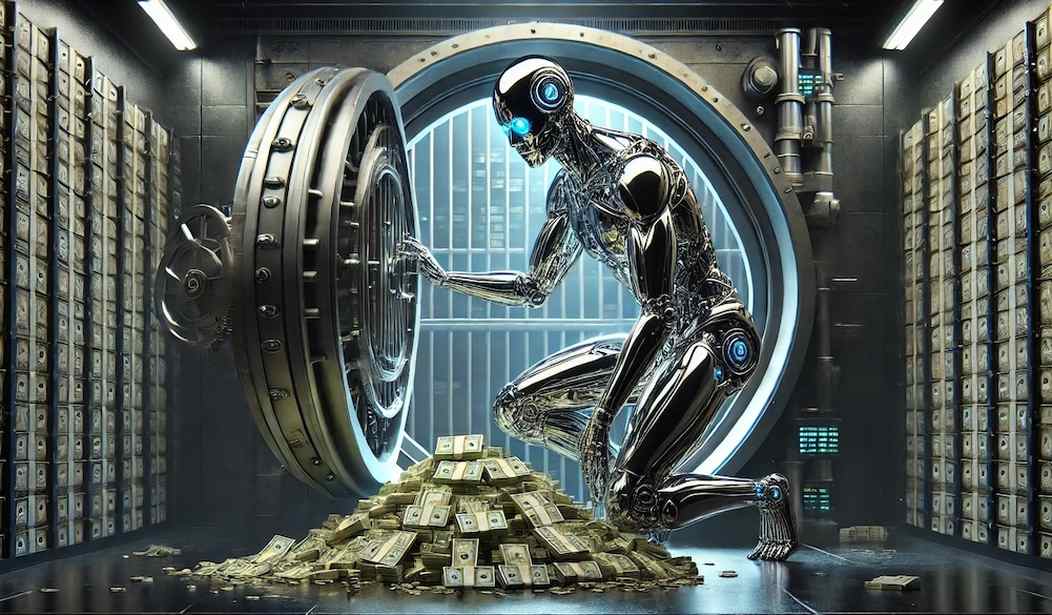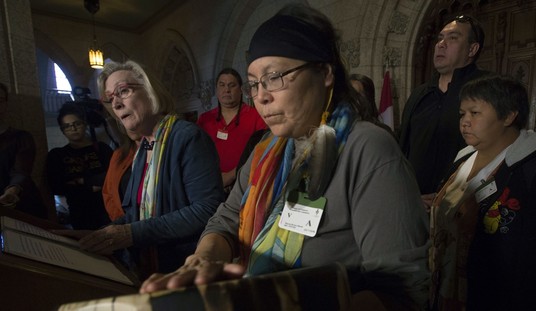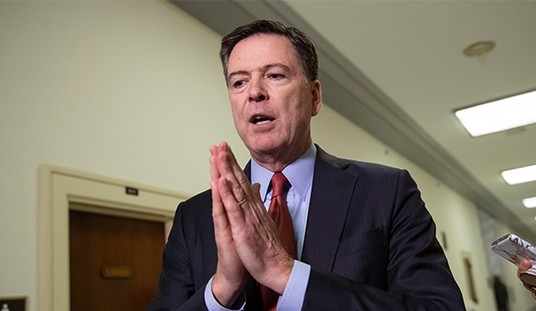OpenAI's founder and CEO, Sam Altman, is betting big that his company can grow faster than any other company in history to build out the computer infrastructure to power his artificial intelligence models.
Altman, who is looking at an astonishing $1trillion IPO to fund his plans, took the first step by inking a $38 billion deal with Amazon Web Services (AWS) in OpenAI's first move away from Microsoft. OpenAI will immediately begin running workloads on AWS infrastructure, using hundreds of thousands of Nvidia's GPUs, with more promised.
It's hard to overstate the importance of Altman's deal with Amazon. "This is a hugely significant deal (and is) clearly a strong endorsement of AWS compute capabilities to deliver the scale needed to support OpenAI," said PP Foresight analyst Paolo Pescatore.
Reuters reports, "Altman has said that eventually, he would like OpenAI to add 1 gigawatt of compute every week - an astronomical sum as each gigawatt currently comes with a capital cost of over $40 billion."
This isn't monopoly money, folks, nor is it government funny money. Essentially, the $1.4 trillion figure is a staggering spending commitment that OpenAI plans to meet through a complex combination of internal growth, intelligent debt financing, and unprecedented, long-term deals.
OpenAI's revenue first reached $1 billion in 2023 and is projected to reach $10 billion in 2025. Greg Burnham's Epoch AI reports that the jump from $1 billion to $10 billion in two years is rare, but not unprecedented.
However, OpenAI's projected revenue for 2028 is $100 billion. The leap from $10 billion to $100 billion in three years has not been equaled. Ever-present in the background of this and other AI computing deals is the growing worry among investment analysts of an AI bubble that would make the "Dot Com bubble" of the 1990s look like a walk in the park.
Initially, the computing power from AWS won't be a problem.
“It’s completely separate capacity that we’re putting down,” said Dave Brown, Vice President of Compute and Machine Learning Services at AWS, in an interview. “Some of that capacity is already available, and OpenAI is making use of that.”
AWS is investing hundreds of billions of dollars to build out its infrastructure. The only question is, will all that additional capacity be ready in time to service the massive increase in computer capacity needed by OpenAI and other companies to achieve their goals?
What happens if OpenAI falls short of these projections? At a minimum, it would likely have to scale back its plans for large compute build-outs. The recently-announced deals with Nvidia, AMD, and Broadcom imply expenditures of roughly $1.3 trillion within the next decade, and some of this is presumably expected to be financed by revenue or debt raised against revenue.1
But the second-order effects of a miss could be larger. This is because investors and other companies are increasingly betting big on OpenAI being highly valuable. As Noah Smith recently wrote, these bets depend not only on this value being realized, but on it being realized fast enough to cover the debt used to finance the bets. Failing to deliver value as fast as investors expected is all it took to turn several historical technology booms into busts.
We don’t know how sensitive the AI financing system is to OpenAI’s specific projections. It’s possible that there is a big margin of error and the tenor of the deals is, “Even if we miss our revenue projections, we all still get rich.” But it seems just as possible that more is at stake.
A burst AI bubble would drag the U.S. economy (and probably most of the world's economies) into at least a deep recession, if not worse. So many big companies have invested so much into AI that pulling the rug out from underneath them, in the case of a big miss by Altman, would result in huge losses and a far more cautious approach to AI investment.
Related: Scientific Advances Have Begun to Reveal the Mysteries of the Near-Death Experience
So many companies have a lot riding on Altman's roll of the dice. I don't count him out, but if I were an investor, I'd go with the odds and steer clear.










